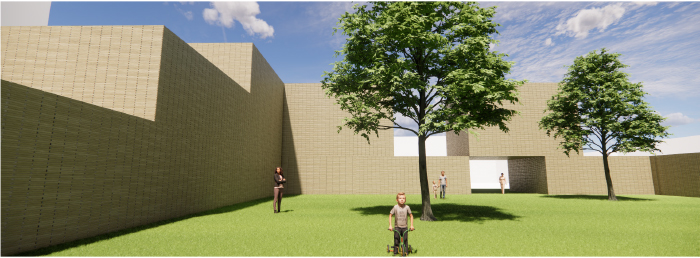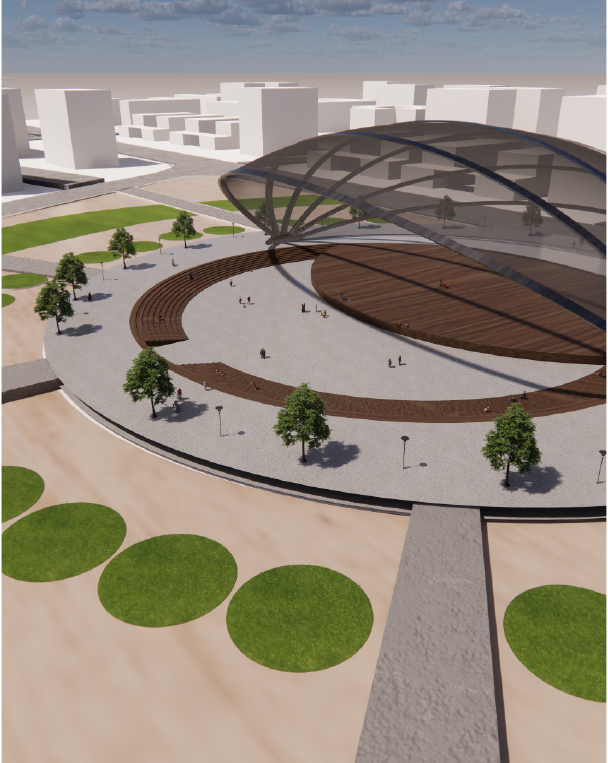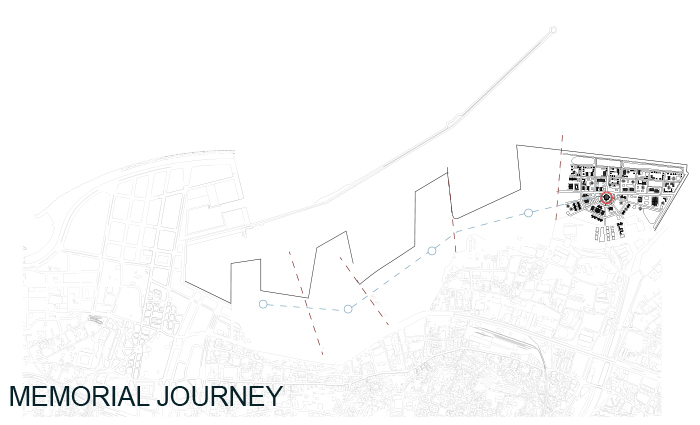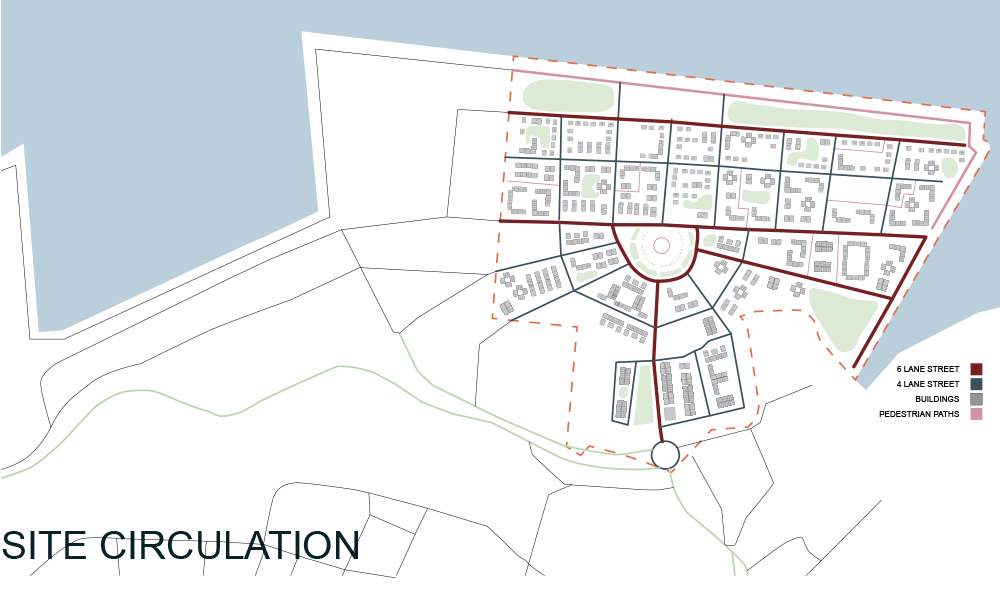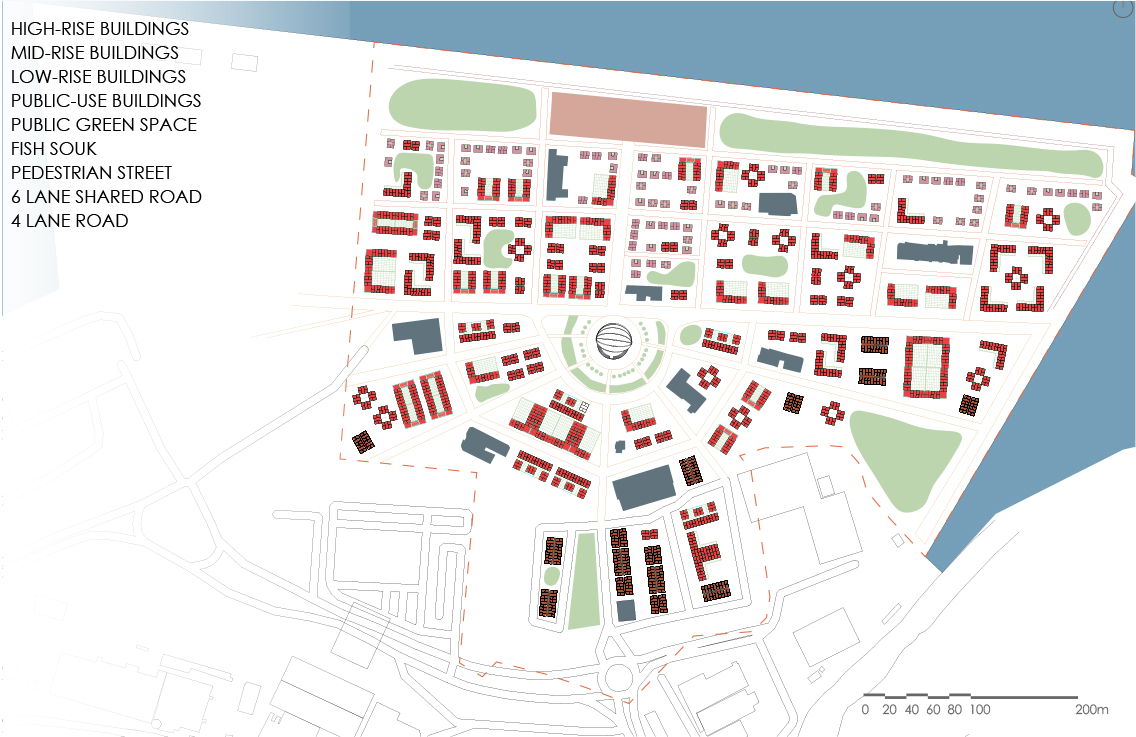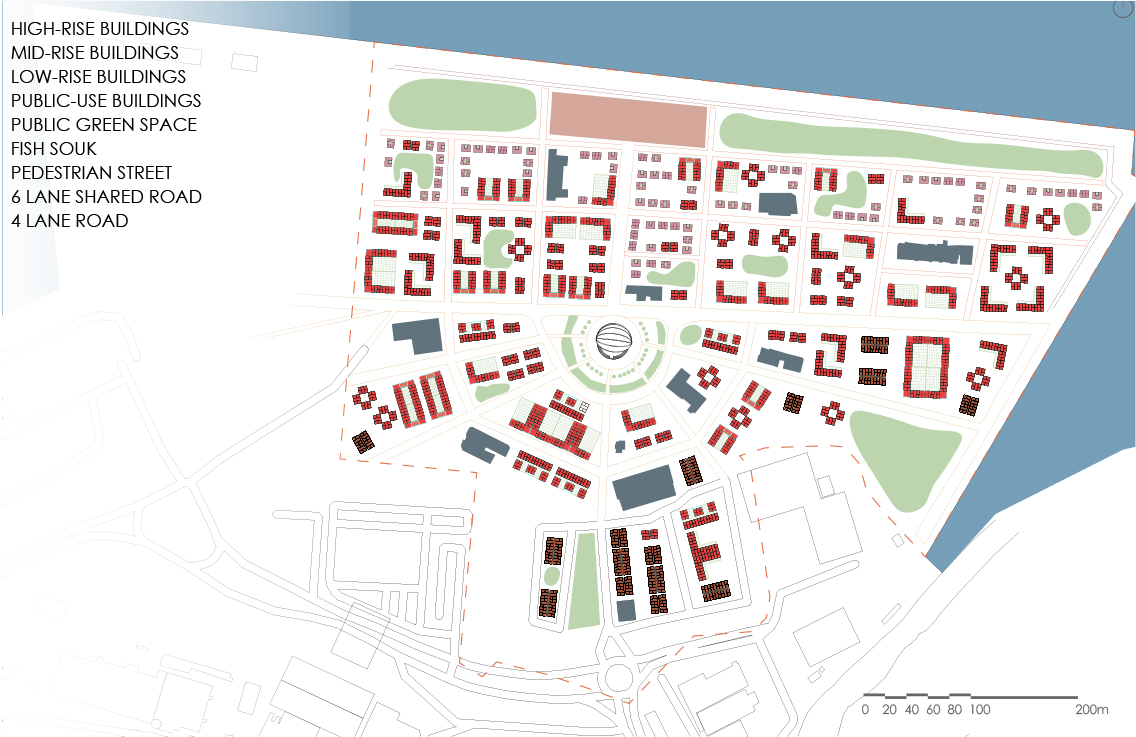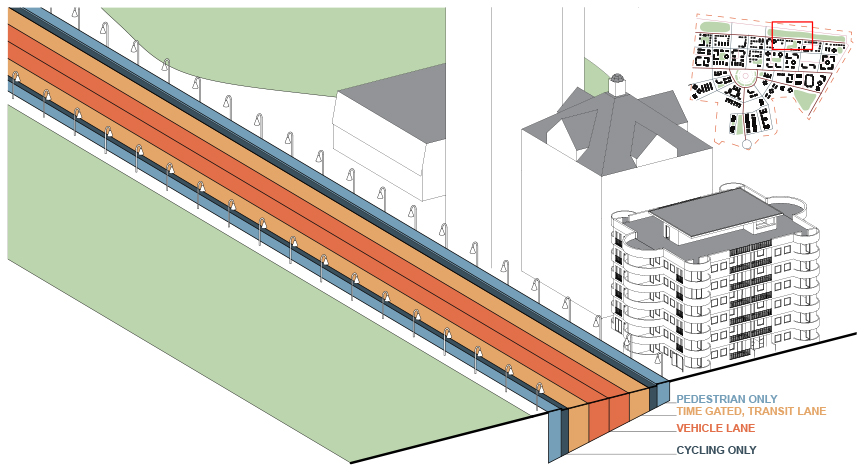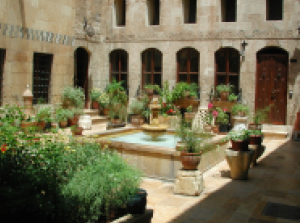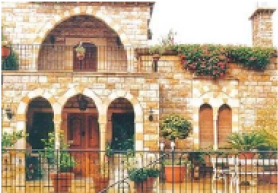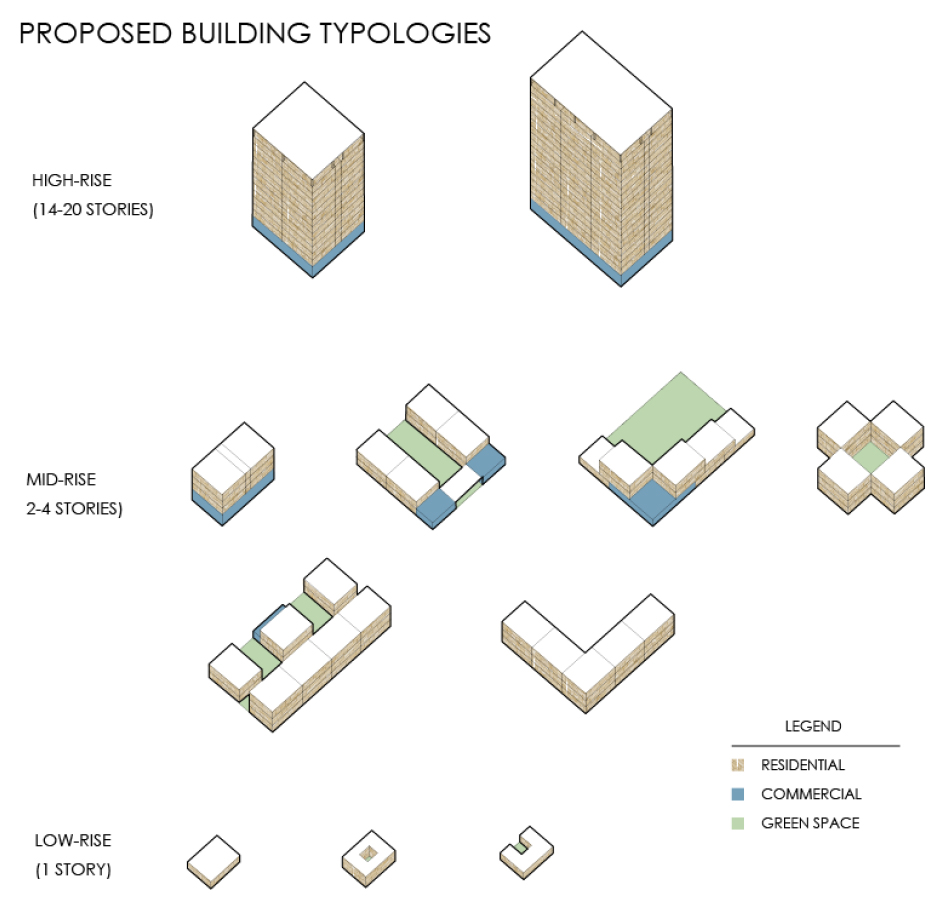Rebecca Brown, Sadberk Agma, Jacob Rychliwsky, Chau Nguyen, Teodora Nikolic
Port of Beirut Renewal:
Celebration Port
Memory is a vital component in our body that is developed by our brains. It shapes who we are as a community and has an immense impact on who we are as a person. Our minds adapt to knowledge and past experiences to create an irreplaceable memory throughout our lifetime. The Port of Beirut explosion has negatively carved into the memory of the victims’ families and the world. Now is the time to create positive memories for the Lebanon community through this me- morial stage. This memorial functions as a stage and aims to celebrate the community and serve as a hub to come together in the heart and centre of the port. There is a journey that is created via the linking of public spaces and memorials scattered through the five different sectors. As the final sector at the end of the port, Sector 5 hosts the end to the journey with a major memorial that welcomes those coming in and leads to the waterfront pathway where you can once again be connected with the sea and surroundings. With a lack of pedestrian friendly spaces, and the lack of infrastructure for public transportation, the human scaled method of travel has been discour- aged through the city’s core. With the now given opportunity to rebuild, providing bus lanes and opening opportunities for pedestrian escapes, will inform how the city will see its future streets- capes. Traditional Arabic housing is built around a central courtyard, stemming from a regional culture of internal privacy. There are 11 building typologies developed in this project, most built around a variation of the traditional courtyard space, allowing for light and air to penetrate the building as well as creating shared outdoor spaces for all residents
Port of Beirut Renewal:
Celebration Port
Memory is a vital component in our body that is developed by our brains. It shapes who we are as a community and has an immense impact on who we are as a person. Our minds adapt to knowledge and past experiences to create an irreplaceable memory throughout our lifetime. The Port of Beirut explosion has negatively carved into the memory of the victims’ families and the world. Now is the time to create positive memories for the Lebanon community through this me- morial stage. This memorial functions as a stage and aims to celebrate the community and serve as a hub to come together in the heart and centre of the port. There is a journey that is created via the linking of public spaces and memorials scattered through the five different sectors. As the final sector at the end of the port, Sector 5 hosts the end to the journey with a major memorial that welcomes those coming in and leads to the waterfront pathway where you can once again be connected with the sea and surroundings. With a lack of pedestrian friendly spaces, and the lack of infrastructure for public transportation, the human scaled method of travel has been discour- aged through the city’s core. With the now given opportunity to rebuild, providing bus lanes and opening opportunities for pedestrian escapes, will inform how the city will see its future streets- capes. Traditional Arabic housing is built around a central courtyard, stemming from a regional culture of internal privacy. There are 11 building typologies developed in this project, most built around a variation of the traditional courtyard space, allowing for light and air to penetrate the building as well as creating shared outdoor spaces for all residents
